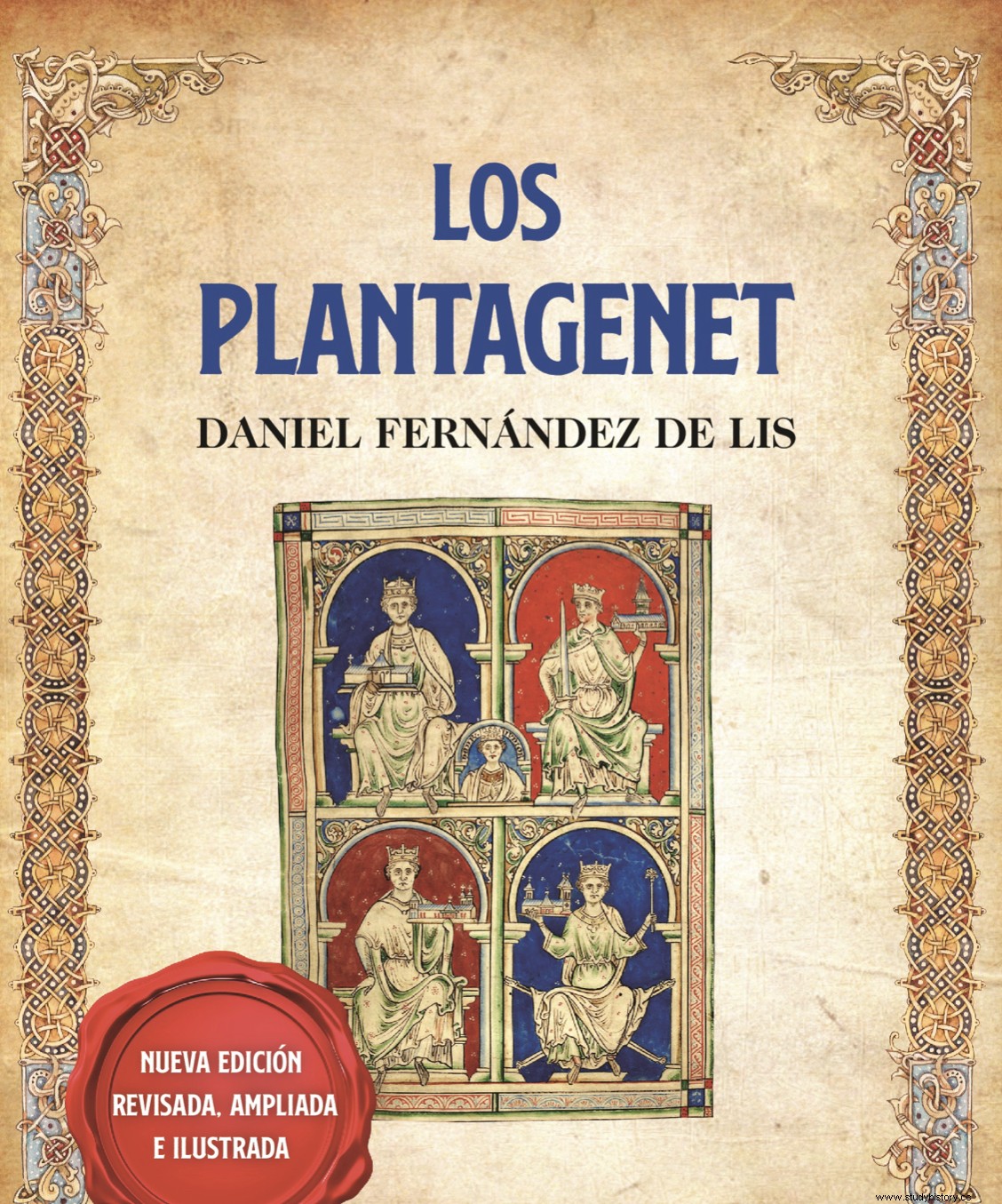
Entry taken from the book The Plantagenets
Can you imagine if the England of the Middle Ages had been ruled by the Norwegians or the Saxons instead of the Normans? They are still disquisitions, but all of them were very close to materializing and that one or the other became a reality was decided in the space of just a few days and in two battles that are among the most famous in history:Stamford Bridge and Hastings.
It all begins with the death of the last great Saxon king of England, Edward “the Confessor”, who had put an end to the short-lived Danish rule over England by Kings Cnut and Hardcanut.
Returning to Edward, later elevated to sainthood, he died childless on January 5, 1066. Three great figures of the time claimed the right to succeed to Edward's throne:
– Harald Hadradda, King of Norway, claimed the right of succession based on his connection to the Danish kings who preceded Edward. Harald was reputed to be the greatest warrior of his time, a reputation earned at the stroke of the sword across the battlefields of the known world from Scandinavia to Constantinople.
– Guillermo “the Bastard”, tried to base his right through his aunt and mother of Eduardo, Emma of Normandy. Guillermo was probably the person with less possibilities to accede to a throne that could be imagined. As his own nickname indicates, he was the bastard son of Robert, Duke of Normandy, which made it unlikely that he would succeed him. This difficulty was aggravated by the fact that when his father died, although he had appointed him heir, William was only eight years old, which made it highly unlikely that a child at that time would survive all the intrigues to dispossess him of his rights. William did, and on Edward's death he set his sights on the appetizing apple that was England.
– Harold Godwinson:Having the best claim to the throne among those of Saxon origin, Harold was the official heir, and in fact was crowned king on Edward's death, although he was fully aware of the claims of his two formidable enemies.
Throughout the year 1066, Harold knew that he was going to suffer two invasions, one from the north (from Harald) and another from the south (from William), so he had to keep his forces prepared for both assumptions and squeeze his services of information so that they would be aware of the minimum movement on their coasts.
Finally, it was Harald who made the first move (with the support of Harold's brother, Tostig) and the move went wrong. They achieved an initial victory against the Saxons at the Battle of Fulford. However, finally and against all odds, the most powerful warrior of the time was defeated by Harold at the Battle of Stamford Bridge, on September 25, 1066. Harald and Tostig perished in battle.
However, as soon as William learned of this, he mobilized his forces, forcing Harold to travel with his exhausted and diminished army across the country to stop this second invasion. The two armies finally met at Hastings on October 14, 1066, and although Harold's troops fought bravely and had their chances, the battle ultimately turned to the Normans and Harold perished. Guillermo was able to change his nickname from “the Bastard” to “the Conqueror”.
Overcome all obstacles, William went to London where he was crowned King of England in Westminster Abbey, although the ceremony did not take place as expected, as told in this blog post:the coronation of William "the Conqueror" .
